A wonderful experience for a person traveling around the world is to taste different local cuisines. It is not a lie to say that they have a unique type of food like every country. There is no need to go to an expensive restaurant to enjoy many of these dishes. The reason for this is that these types of food are sold in street food stalls.
A collection of information about the most popular street food in different countries of the world. If you ever get a chance to travel around the world, don’t forget to taste this food.
Currywurst (Germany)
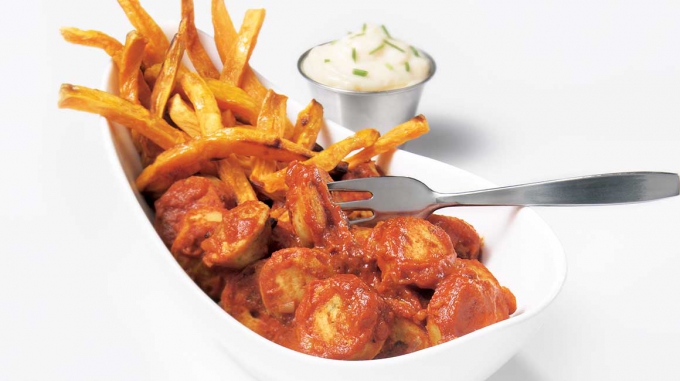
According to the currently found evidence, the ‘currywurst’ burger was first made by mistake in 1949 in Berlin. While cooking, a woman named Herta Heuer mixed the sauce with the three-pea powder she bought from British soldiers stationed in Germany. She loved its taste and later mixed the sauce with spices and sold it as a street food along with pork sausages. Originally popular among workers because it was a cheap food, it has now become a street food that can be seen in almost every city in Germany.
Masala Dosa (India)
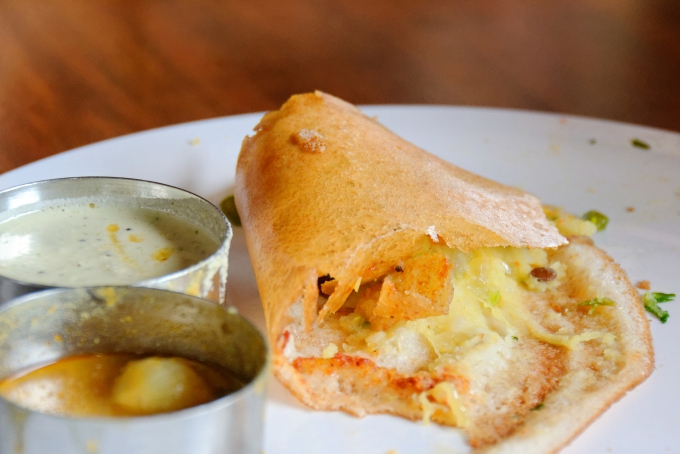
A long time ago, ‘Masala Dosa’, which was a popular dish in South India, can now be enjoyed not only in India but also in Sri Lanka. Traditionally, the ingredients used to prepare masala dosa are rice, salt, vegetable oil, chillies, curry powder, potatoes, onions and lentils. Similarly, Indians make sure to make masala dosa more delicious and fragrant by using Indian spices. Masala dosa is usually eaten with chutney or sambar. Also, the way of preparing masala dosa is different from city to city.
Pad Thai (Thailand)
 Named the 5th most delicious food in the world by the CNN website, ‘Pad Thai’ was first prepared during the Second World War as a remedy for the shortage of rice. It is prepared by adding noodles with tofu, egg, fish sauce, dried shrimp, garlic, sugar, tamarind and pepper and is often served with fried peanuts.
Named the 5th most delicious food in the world by the CNN website, ‘Pad Thai’ was first prepared during the Second World War as a remedy for the shortage of rice. It is prepared by adding noodles with tofu, egg, fish sauce, dried shrimp, garlic, sugar, tamarind and pepper and is often served with fried peanuts.
Arancini (Italy)
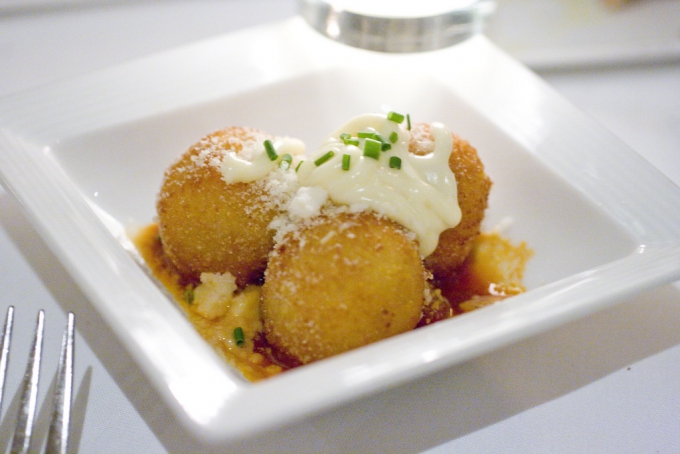
Although ‘arancini’ in Italian is called small oranges, this street food is not related to oranges in any way. It got the name ‘Arancini’ because of its color and shape. Usually ‘Arancini’ is prepared by rolling stuffed rice balls in breadcrumbs and deep frying. Tomato sauce, grilled meat, mozzarella cheese and beans are often used as fillings. Today, it can be seen in almost every city in Italy and it was first introduced as far back as the 10th century.
Doner Kebab (Turkey)

The doner kebab, which is prepared using roasted meats, originated in the 19th century and there is evidence that it was a popular dish even in the Ottoman Empire. In Turkish, the word ‘doner kebab’ means ‘rotating kebab’. This is because ‘donor kebab’ is made by roasting mutton, beef or chicken on a horizontally-mounted slow-rotating spit. Originating from Turkey, the ‘donner kebab’ was brought to Germany by immigrants around 1970 and now it is a popular street food not only in Germany but in many European countries.
Poutine (Canada)

Originating in Quebec, Canada in the 1950s, poutine is made by mixing fried potato strips, cheese curds and thick gravy. Served hot, poutine was originally limited to the province of Quebec, but has now gained popularity as a delicious street food across Canada.
Pirosky (Russia)
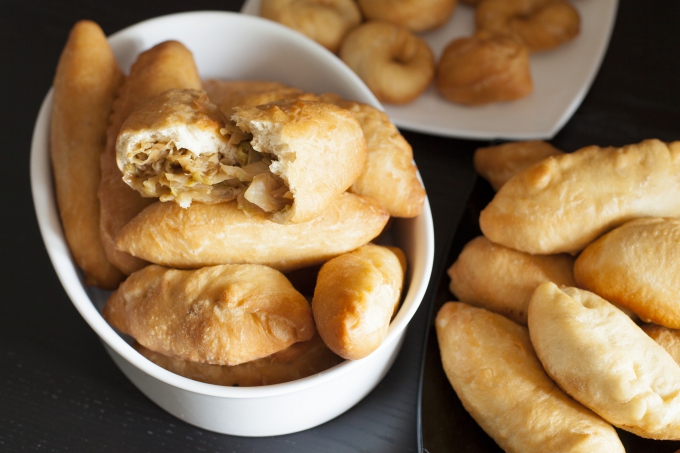
This delicious street food called ‘Piroski’ which means small dumplings in Russian is prepared by stuffing meat, fish, eggs, vegetables or fruits inside the dumplings. Popular not only in Russia but also in Middle Eastern countries, piroski has been eaten by Russians since ancient times to celebrate happy occasions.
Pastel de Nata (Portugal)

‘Pastel di nata’ is a cream-filled pastry first prepared by Catholic priests in the 18th century. ‘Pastel di nata’, which was prepared using discarded egg yolks in the early days, is now prepared by adding sugar and butter to the egg whites. Pastel de nata is served hot with cinnamon sugar or icing sugar.
Ceviche (Peru)
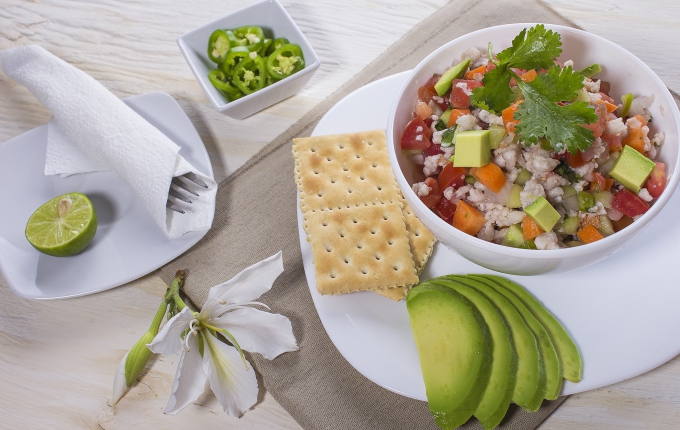
Ceviche, a popular street food not only in Peru but also in most Latin American countries, is prepared using fish seasoned with lime or orange puree, onions, chilies, pepper and salt. Served as a frozen dish, ceviche is often eaten as a bite. Although it is uncertain when ceviche was first prepared, the Peruvian government has accepted it as part of Peruvian culture. Also, every year June 28 is considered as National Ceviche Day.



